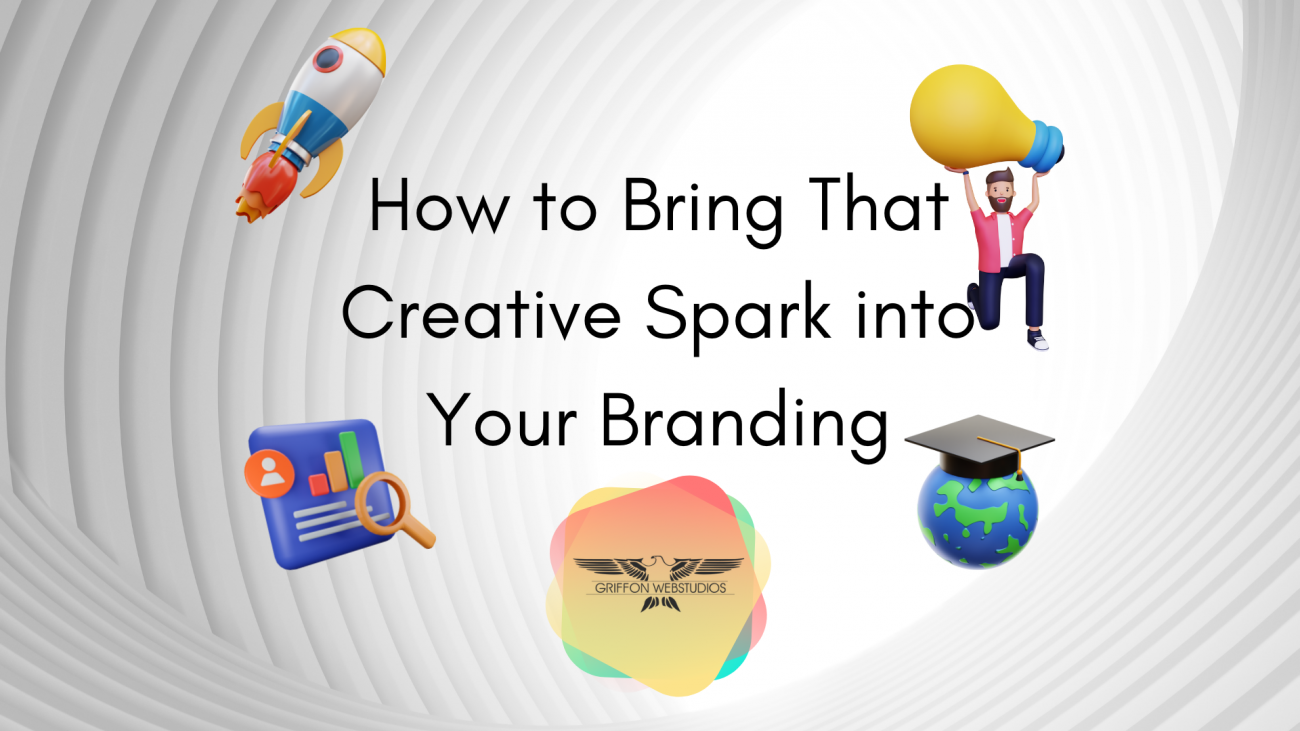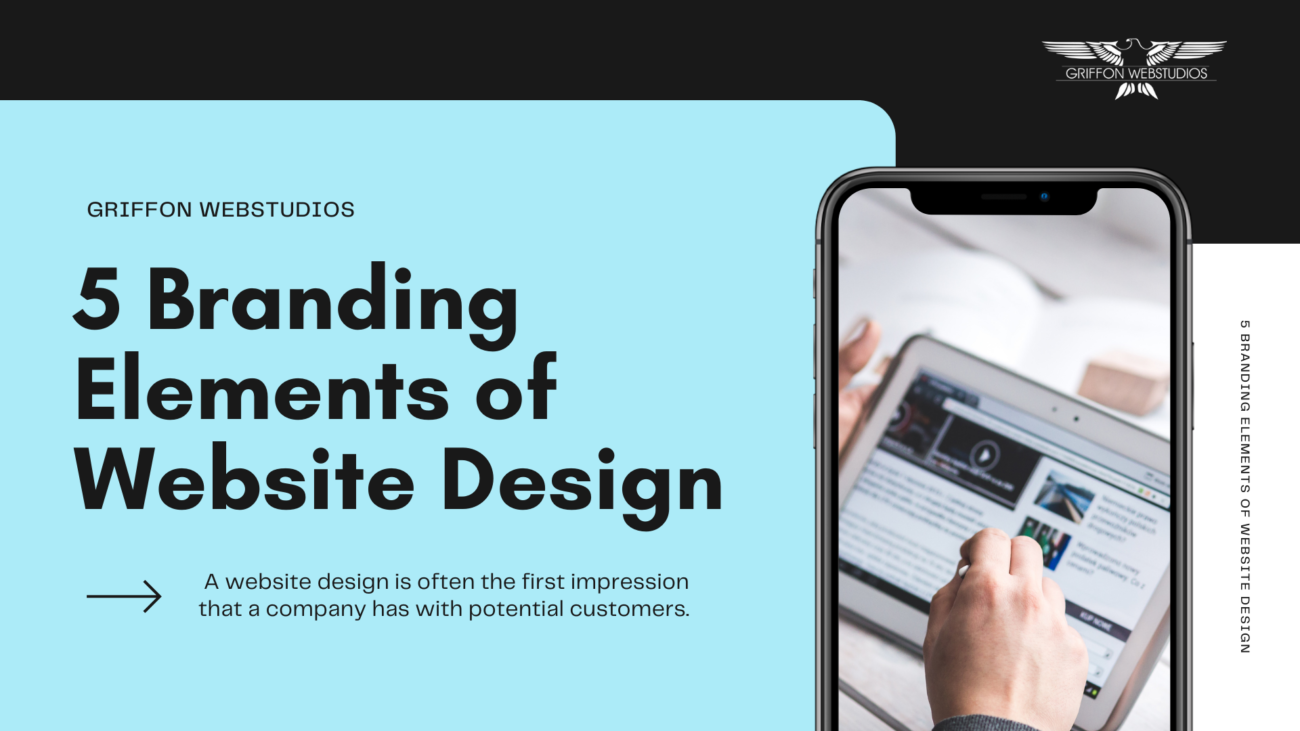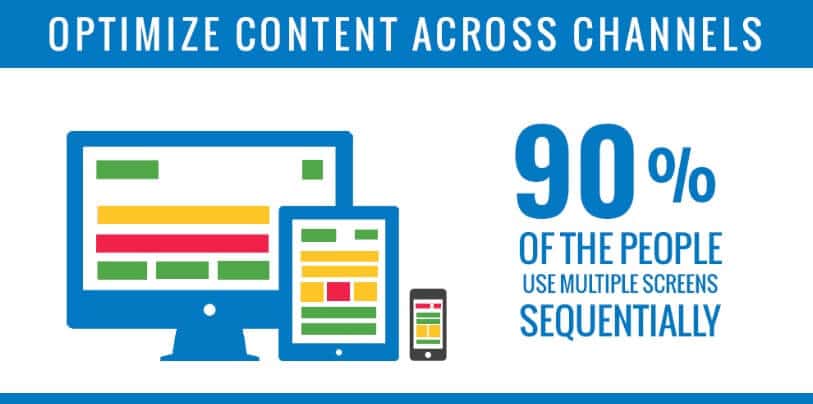How many times have you revised your last branding campaign? You may never know if you actually got it right. You can measure outcomes and improve features on your next campaign, but we all know branding is not an easy aspect of any business. There are so many factors to keep in mind from marketing mediums to audience preferences to what your message should really be.
With so much to consider you run the risk of doing something, you should preferably avoid: overthinking.
While it’s important to plan, overthinking can rob your campaign of all creativity. Your marketing may end up looking just like your competitors because you’re doing what the research tells you to. And you’re not standing out from the crowd anymore.
We’ll help you add some creativity back into your branding so you have the X-factor counting in your favor again.
Why is Creativity Important?
Never before has branding been this competitive. With modern technology, any business can reach a global audience. Consumers also face a daily barrage of information coming at them online, via TV screens, and on billboards. If they feel overwhelmed by all the stimulation, they can easily ignore what they deem irrelevant.
A creative approach is how you will make an impact in this highly competitive environment.
Adding the X-Factor to Your Branding
You can partner with expert marketers and hopefully, they will compile a customized branding solution to keep your message original. But there’s also a lot you can do yourself.
Get the Visuals Right from the Start

You can ensure an original, creative look by putting effort into compiling the visual elements of your brand:
- The logo that will become the image you’re recognized by: Make sure it’s different from all your competitors’ images.
- Colors you use in your branding: Because neuroscience proves that colors carry messages you need to make sure your branding incorporates the right hues.
- Be personal and use faces: Despite being a tech-driven society people still desire to feel connected with others. Using your or your staff members’ faces in your branding campaigns will make your business seem less clinical than others.
Use Your Story
It’s not only your people that you can be creative about. What is your business’ story?
People enjoy being part of something bigger than themselves. In their daily lives, this adds to job satisfaction if they like the company they’re part of.

But don’t let it stop there. Use your company’s history to draw people when they’re shopping or in search of services:
- Share how you dreamt about starting a company or providing a solution to the masses
- Tell the story of starting small and growing into a large company
- Talk about why you do what you do
This is not simply a ‘nice’ source of ideas for your next campaign. These elements work because people will want to be part of a success story and what you find important, many others may relate to as well.
Telling your story in this way ensures your brand will matter to others as much as it matters to you.
Show You Care
Remember that branding is not only about creating your logo for your business and plastering it on print materials. Branding involves communicating your values. These characteristics—such as professionalism or excellence—will garner respect from your audience who are similar of mind.

For many customers and companies, community involvement is a number one value. This should spark many creative ideas for sharing your brand with locals. Why not support local sports teams, organic markets, or community projects?
Or perhaps your value is being environmentally friendly or ensuring mental health for your employees. For example, when your brand relates to wellness (of people, nature, or a city) and you mention this in your marketing, those who have the same concerns will rather support you than your competitors.
Stories about your involvement can be shared online, so what you do locally can lead to global respect.
What Language are You Using?
Before you send out your next advertisement, pause a moment and look at the language you’re using. Different audiences have unique preferences and manners of speaking:
- They use different words to refer to the same item
- Some people talk more formal while others use casual terms
- Age groups relate to different ‘slang’ words and references
Make sure you’re using the language your target audience uses. A few small tweaks to the type of words you use are creative ways of optimizing your branding impact.
So, for a moment stop overthinking and look. The features that can spark some creativity for your branding campaign can be found all around you. Marketing is a serious role player in your business success—but don’t forget to also have fun with it.




